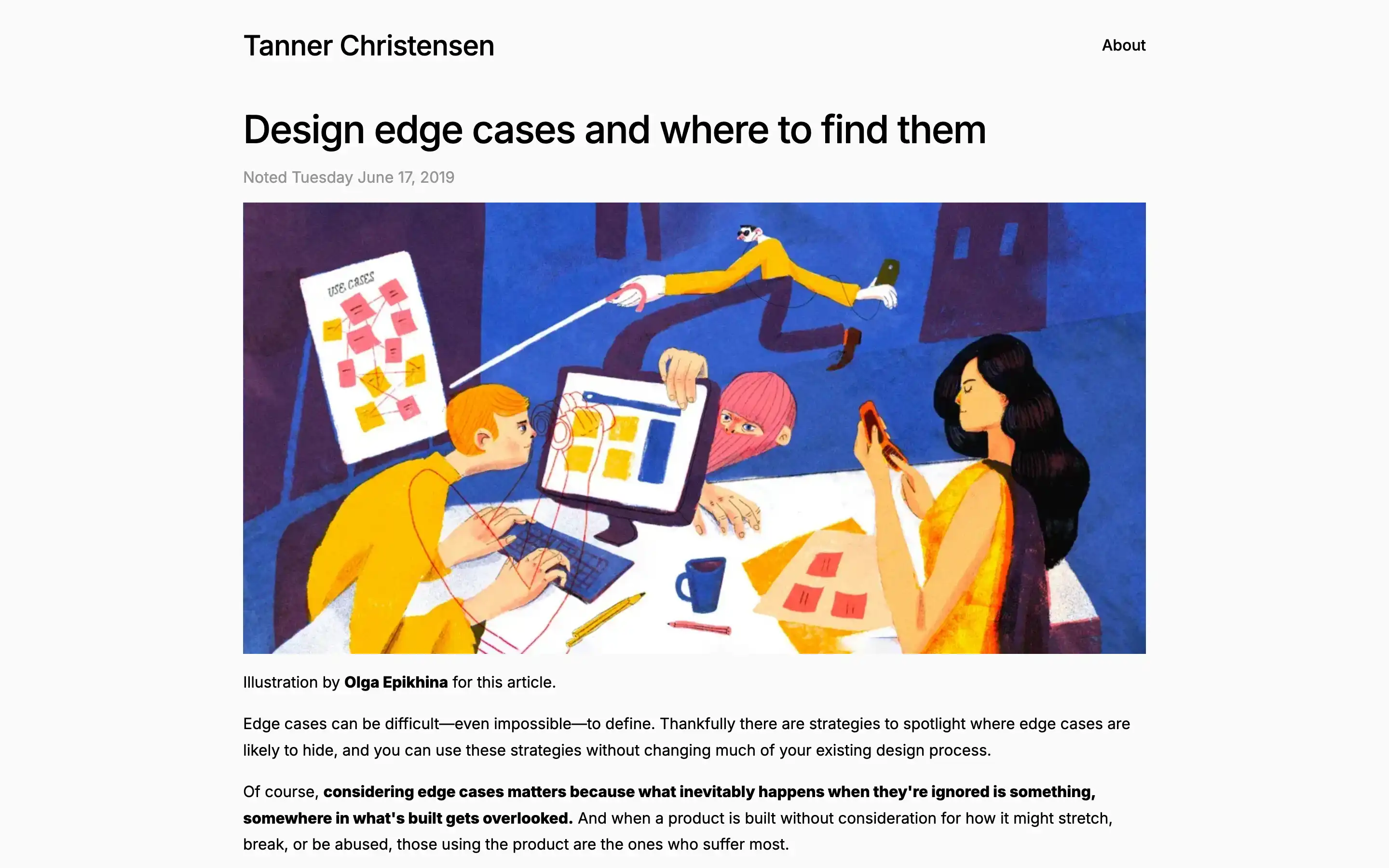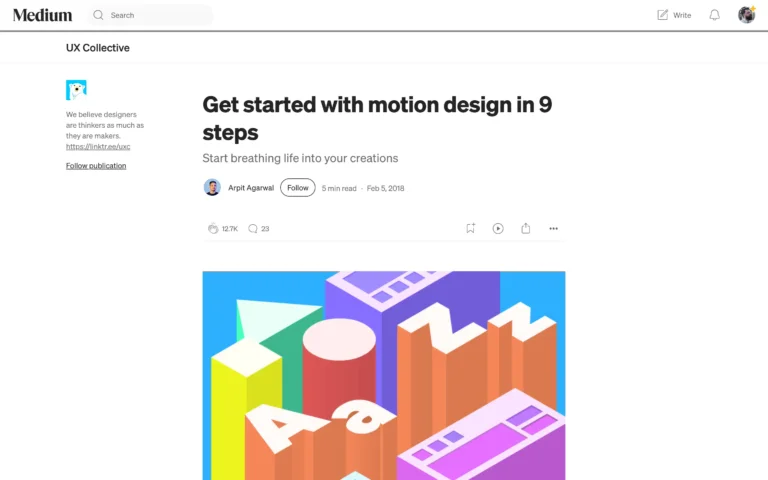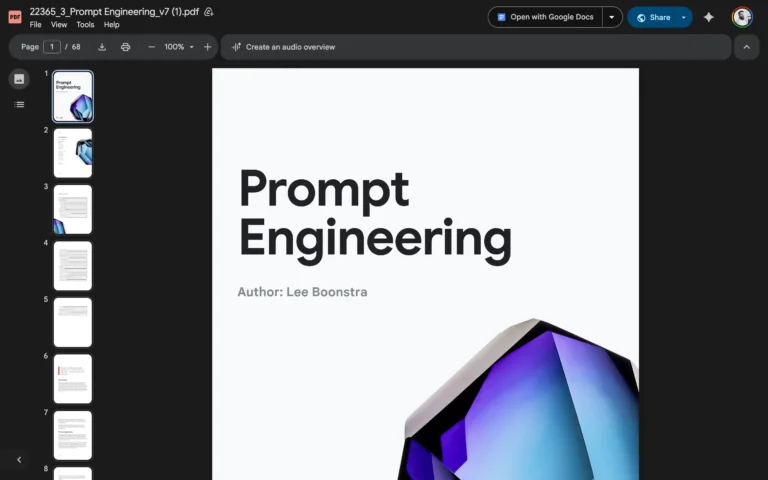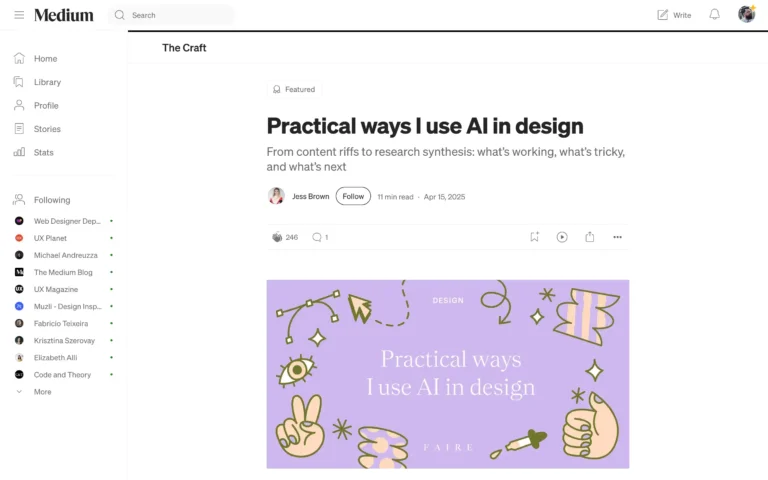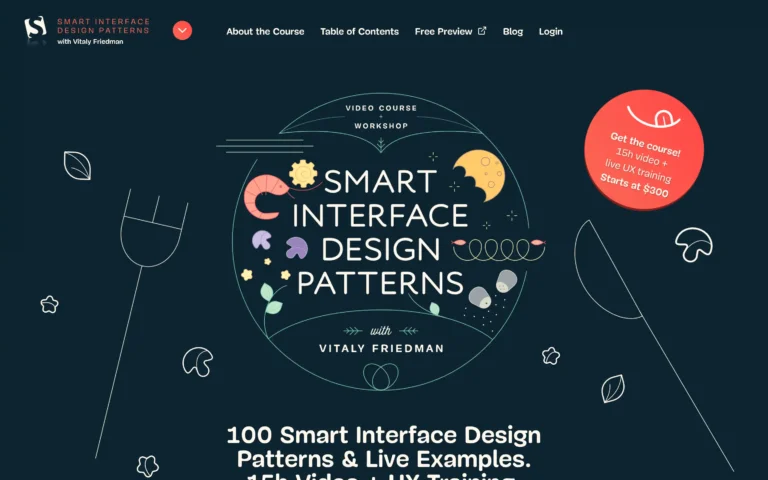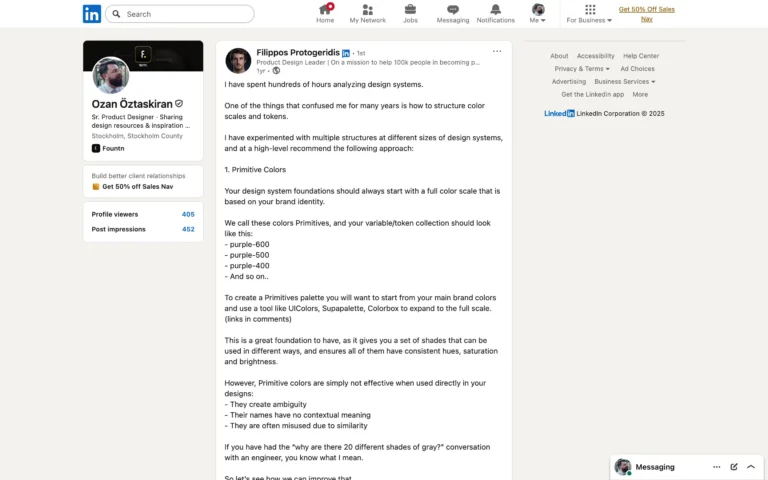Tanner Christensen explores the importance of identifying and addressing edge cases in design. He defines edge cases as rare or unexpected scenarios that can impact user experience, often falling outside the standard design process. Christensen highlights how failing to consider these cases can lead to usability issues, such as text overflowing in translated versions or accessibility challenges for users with vision impairments.
He outlines two key strategies for identifying edge cases: thinking in extreme scales and considering accessibility as sensory diversity. Designers are encouraged to account for variations in text length, user input, and interaction patterns to ensure flexibility in their designs. Christensen also emphasizes the need to create inclusive experiences by acknowledging the diverse ways users interact with digital products. While it’s impossible to predict every edge case, being aware of them allows designers to make more informed and adaptable decisions.
